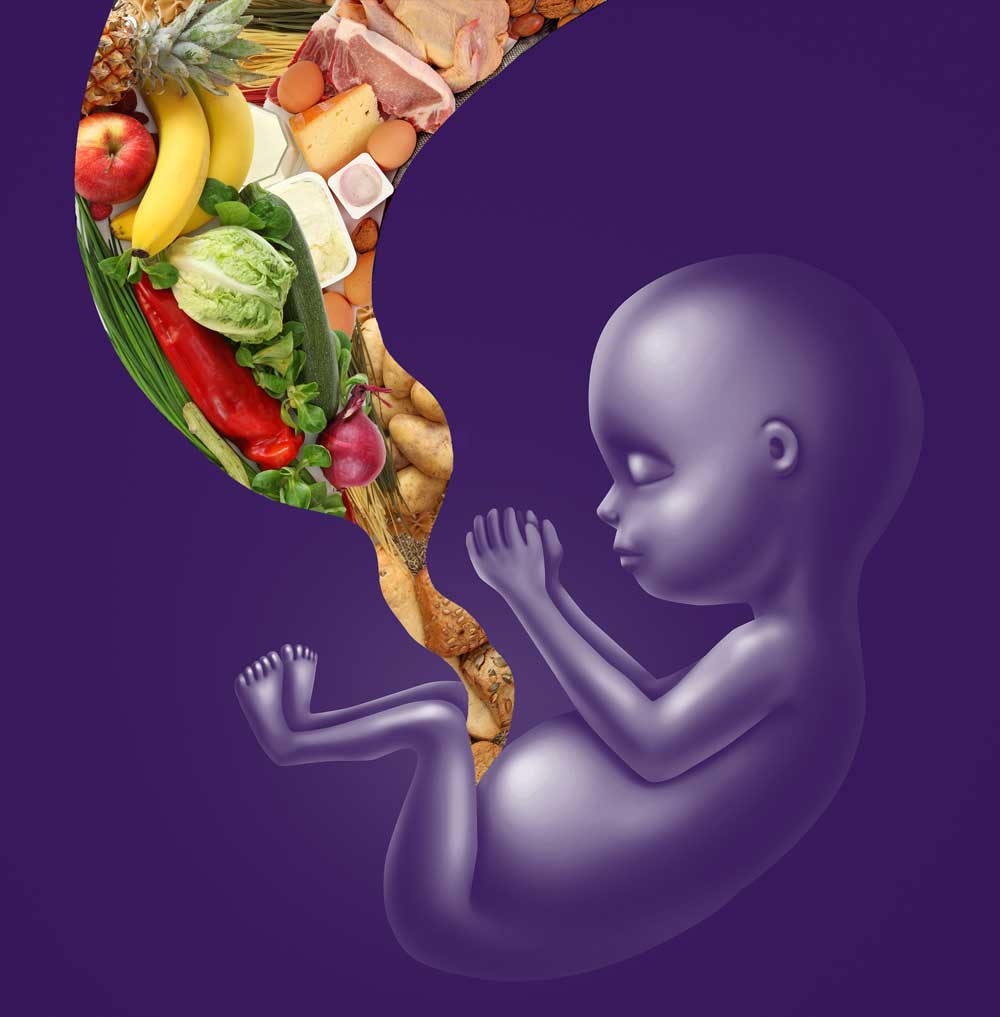Teratogens Demystified – Their Role in Pregnancy
In the realm of prenatal health, the term “teratogen” carries profound significance. In this comprehensive guide, we delve into the world of teratogens, those formidable agents that can influence fetal development during pregnancy. Our mission is to demystify teratogens, explore their impact, and equip expectant parents with the knowledge needed to safeguard their children’s health.

Types of Teratogens: Unveiling the Culprits of Developmental Disruptions
Teratogens are not a uniform threat; they come in various forms. In this section, we categorize teratogens into distinct types, shedding light on their diverse sources and effects. By understanding these categories, you’ll be better prepared to recognize potential risks and take preventive measures.
Effects on Fetal Development: Navigating the Consequences of Teratogen Exposure
The consequences of teratogen exposure can be both heartbreaking and far-reaching. In this part of our exploration, we delve into the intricate ways teratogens disrupt the normal course of fetal development. By gaining insight into these effects, you’ll appreciate the gravity of mitigating teratogenic risks.
Recognizing Teratogenic Risks: Safeguarding Your Pregnancy Journey
Teratogenic risks can hide in unexpected places. In this section, we guide you through common sources and situations where teratogen exposure may occur. By honing your awareness, you can take proactive steps to protect your developing baby.
Safe Pregnancy Practices: Your Shield Against Teratogens
Knowledge is power when it comes to teratogens. Here, we provide expectant mothers with practical advice to minimize teratogenic risks. From dietary precautions to environmental awareness, these practices form a crucial shield during pregnancy.
Teratogen Awareness Campaigns: Shaping the Future of Maternal Health
Healthcare organizations are at the forefront of teratogen awareness efforts. In this part, we explore ongoing campaigns and initiatives that aim to educate and empower both healthcare professionals and expectant parents. Together, we shape a healthier future for the next generation.
Common Myths and Misconceptions: Separating Fact from Fiction
In the world of teratogens, myths, and misconceptions can create unnecessary anxiety. This section is dedicated to debunking prevalent myths surrounding teratogens. We’ll provide evidence-based information to help you separate fact from fiction, enabling you to make informed decisions during pregnancy.
Case Studies and Real-Life Experiences: Learning from Others’ Journeys
Real-life stories can provide invaluable insights. Here, we share case studies and experiences of individuals who have faced teratogenic risks during pregnancy. By understanding their challenges and triumphs, you’ll gain a deeper appreciation for early intervention and support.
Protecting Future Generations: Policies and Research in Teratology
The fight against teratogenic risks extends beyond individual awareness. In this section, we explore the role of government regulations and policies in minimizing teratogenic risks. We also delve into the realm of ongoing research in teratology, highlighting the importance of a collective effort to protect future generations.
FAQs About Teratogens
Q: What are teratogens, and how do they affect fetal development?
A: Teratogens are substances or factors that can disrupt normal fetal development during pregnancy. They can cause birth defects or developmental abnormalities.
Q: What are some common examples of teratogens?
A: Common teratogens include alcohol, tobacco, certain medications, infections (like rubella), and exposure to environmental toxins.
Q: When is the fetus most vulnerable to teratogenic effects?
A: The fetus is most vulnerable during the first trimester when major organ systems are developing. However, teratogenic effects can occur throughout pregnancy.
Q: Are all teratogenic effects visible at birth?
A: No, some teratogenic effects may not be immediately visible at birth and may manifest later in life. Regular medical follow-ups are essential.
Q: How can I avoid teratogen exposure during pregnancy?
A: Avoiding teratogen exposure involves lifestyle choices like not smoking or drinking during pregnancy, following medication guidelines, and maintaining good hygiene to prevent infections.
Q: Can teratogenic effects be reversed or treated after birth?
A: Treatment options depend on the specific teratogenic effect. Some conditions can be managed or treated with medical interventions.
Q: Do genetics play a role in how a fetus responds to teratogens?
A: Yes, genetic factors can influence how a fetus responds to teratogens. Some individuals may be more susceptible to teratogenic effects.
Q: Are teratogenic risks the same for all pregnancies?
A: Teratogenic risks can vary from pregnancy to pregnancy. Factors like maternal health, genetics, and environmental exposures play a role.
Q: Are there safe levels of exposure to known teratogens?
A: It’s generally best to avoid known teratogens altogether during pregnancy because the threshold for harm can vary between individuals.
Q: What should I do if I suspect teratogen exposure during pregnancy?
A: If you suspect teratogen exposure, consult your healthcare provider immediately. Early intervention and monitoring can help manage potential risks.
Conclusion:
As we conclude our journey through the world of teratogens, we summarize key takeaways and insights. Armed with this knowledge, you are better equipped to make informed decisions, minimize risks, and ensure the health and well-being of both you and your unborn child.




